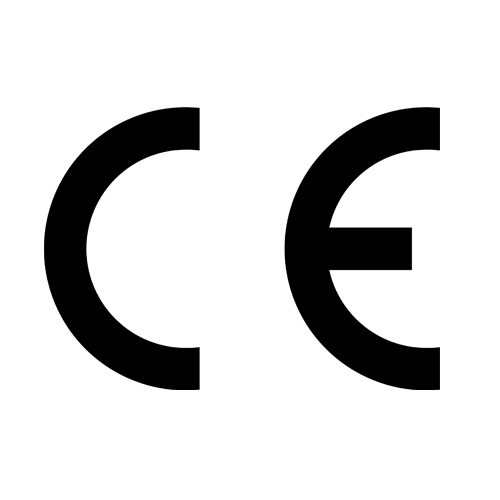A light-emitting diode is a solid-state semiconductor device that can directly convert electrical energy into light energy.
The heart of the LED is a semiconductor chip. One end of the chip is attached to a support, which is the negative electrode, and the other end is connected to the positive electrode of the power supply.
The entire chip is encapsulated by epoxy resin. The semiconductor wafer is composed of two parts, one part is a P-type semiconductor, in which holes dominate, and the other end is N-type semiconductors, which are mainly electrons.
But when these two semiconductors are connected, a “P-N junction” is formed between them.
When the current acts on the chip through the wire, the electrons will be pushed to the P area, where the electrons and holes recombine, and then emit energy in the form of photons. This is the principle of LED light emission. The wavelength of light determines the color of light, which is determined by the material forming the P-N junction.
Folding LED lighting color
LED (Lighting Emitting Diode) lighting is light-emitting diode lighting, which is a semiconductor solid light-emitting device. It uses a solid semiconductor chip as a luminescent material.
The excess energy is emitted by the recombination of carriers in the semiconductor to cause photon emission, which directly emits red, yellow, blue, green, cyan, orange, purple, and white light. LED lighting products are lighting appliances manufactured using LEDs as light sources.











